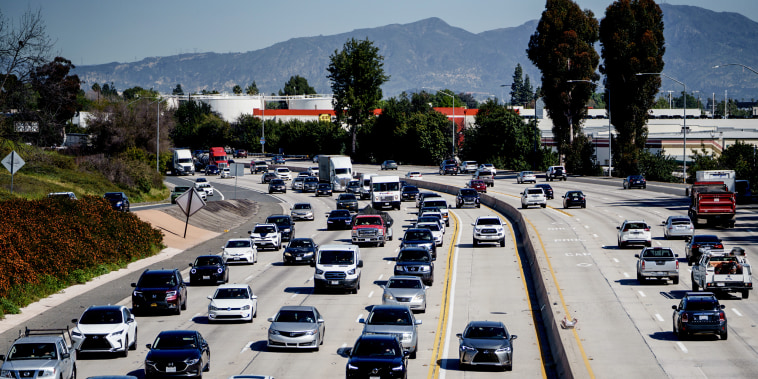In the world of finance and economics, one of the most crucial aspects that can directly impact consumers’ pockets is inflation. Inflation refers to the overall increase in prices for goods and services, and one area where this phenomenon has been particularly noticeable is the realm of auto insurance.
Auto insurance is a necessity for many individuals, serving as a means of financial protection in the event of accidents, theft, or other unforeseen circumstances. However, the cost of auto insurance has been steadily climbing in recent years, posing challenges for drivers across the country.
There are multiple factors driving the surge in auto insurance prices, with inflation playing a significant role. As the cost of living continues to rise, including expenses such as medical care, car repairs, and legal fees, insurance companies are forced to adjust their pricing accordingly to mitigate their own financial risks.
Additionally, advancements in technology and the increasing complexity of vehicles have led to more expensive repair and replacement costs. Newer cars often come equipped with high-tech features and sensors that are pricier to fix or replace in the event of damage, thus forcing insurance companies to hike up premiums to cover these potential expenses.
Furthermore, the rise in distracted driving incidents and an increase in severe weather events have contributed to a higher frequency of auto insurance claims. In response, insurance providers have had to raise premiums to offset these mounting costs, thereby exacerbating the overall inflationary pressure on auto insurance prices.
Another factor influencing the inflation of auto insurance prices is the growing prevalence of fraudulent claims and insurance scams. These illicit activities not only drive up costs for insurance companies but also lead to higher premiums for honest policyholders, as insurers seek to recoup their losses from fraudulent activities.
In conclusion, the inflation of auto insurance prices is a multifaceted issue that is affected by numerous variables, including rising repair costs, technological advancements, increased claims frequency, and fraudulent activities. As consumers navigate this challenging landscape, it becomes imperative to shop around for competitive rates, maintain a clean driving record, and stay informed about ways to reduce insurance costs through discounts and other incentives. Ultimately, understanding the complex dynamics at play in the auto insurance market can help individuals make informed decisions to protect their finances and secure adequate coverage for their vehicles.

